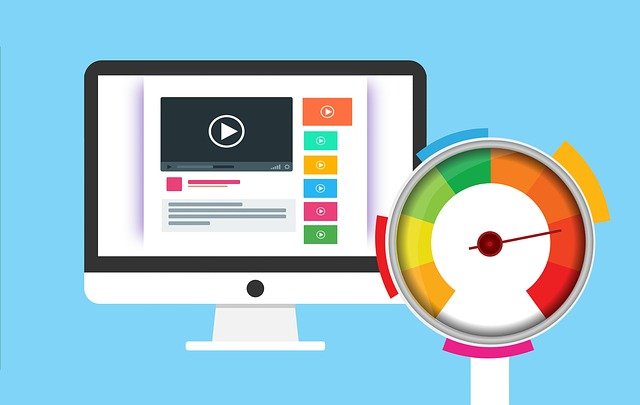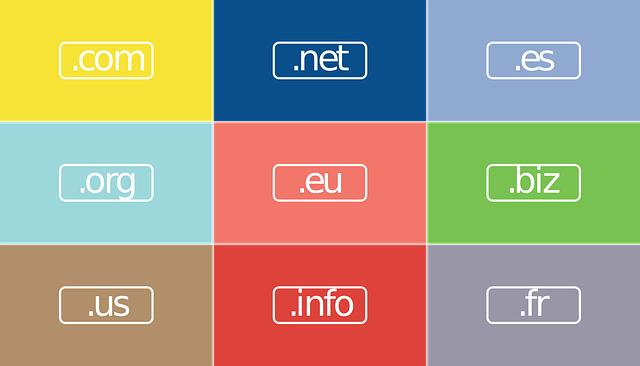I originally wrote this post back in 2012 but decided to update a couple of…
Outbound vs inbound marketing
Outbound marketing, as the name implies, involves pushing your marketing messages outwards to customers. This is the traditional, type of marketing we have become used to over the years comprising printed and other media, direct mail shots, emails, cold calling, telemarketing, trade shows etc. This is what is called “interruption” style marketing and unfortunately is pretty much hated these days by most people.
With the recent developments in technology, it is becoming quite easy to screen this type of approach out from your busy schedules e.g. call screening, spam filters etc. You can even filter out those annoying adverts on your TV now !
The bottom line is that people just don’t like being sold to and with the increasing number of new “tools” available to them now, they can filter most of it out so the traditional outbound marketing methods are not so effective.
So what is inbound marketing ? Inbound marketing is what is called “permission” style marketing where people have a choice of what and when they look at it. Now, they are using the Internet to research and learn about the products and services that best meet their needs before they buy.
The media in this case is Blogs, articles, e-books, white papers, RSS feeds, search engine optimisation and social media tools such as LinkedIn, Facebook and Twitter . The Social media tools are used for interacting and developing relationships (networking) with individuals on the Web.
The main objective is to use the inbound marketing media and tools to drive traffic to your website so the onus is on you to make your content interesting and relevant so that visitors to your website and blog etc will want to read it and want to come back again and read more and to develop your relationships so that in time you can turn them into customers. It also allows you to keep in touch and support your existing customer base.
Gone are the days when you have to pay out for thousands of leaflets to be printed and distributed, not knowing if it works (as it is difficult to track).
Online marketing offers some major advantages over its predecessors. It can be easily tracked, you can monitor and do changes to your campaigns if required to improve them and it is much cheaper – in many cases it is pretty much free, you just need to invest some time to do it.
You can still use some printed material to complement your online marketing campaign but with digital print, these days you can produce small volumes (a couple of hundred rather than several thousands) very easily and cost effectively and use these to drive traffic to your website.
Another big advantage of inbound marketing is that small businesses can now easily compete against much larger ones – previously they would not have anywhere near the same size marketing budgets available so it was not possible to compete.
A recent industry report produced by Hubspot showed that :
- In 2011, small businesses (1 to 5 employees) plan to spend dramatically more of their budgets on social media and blogs than medium-to-large businesses (50 or more employees).
- Medium-to-large businesses plan to spend more of their budgets on outbound methods, including trade shows, direct mail and telemarketing.
- Small businesses are only giving 10% of their budget to outbound, while medium-to-large business are allocating 28% of their budget to outbound channels.
This report was based on a survey of 644 professionals carried out in January 2011 in the US. Although there are likely to be some variations, the general trends are believed to be valid for the UK as well.
- Inbound marketing channels are maintaining their low-cost advantage: Inbound marketing-dominated organizations experience a cost per lead 62% lower than outbound marketing-dominated organizations.
- The gap between spending on inbound vs. outbound continues to widen: In 2009, inbound marketing had a 9% greater share of the lead generation budget; in 2011 its share was 17% greater.
- Blogs and social media channels are generating real customers: 57% of companies using blogs reported that they acquired customers from leads generated directly from their blog.
- More and more business are blogging: Businesses are now in the minority if they do not blog. From 2009 to 2011 the percentage of businesses with a blog grew from 48% to 65%.
- Businesses are increasingly aware their blog is highly valuable: 85% of businesses rated their company blogs as “useful”, “important” or “critical” – 27% rated their company blog as critical to their business.
Are you making the most of inbound marketing in your business ?





